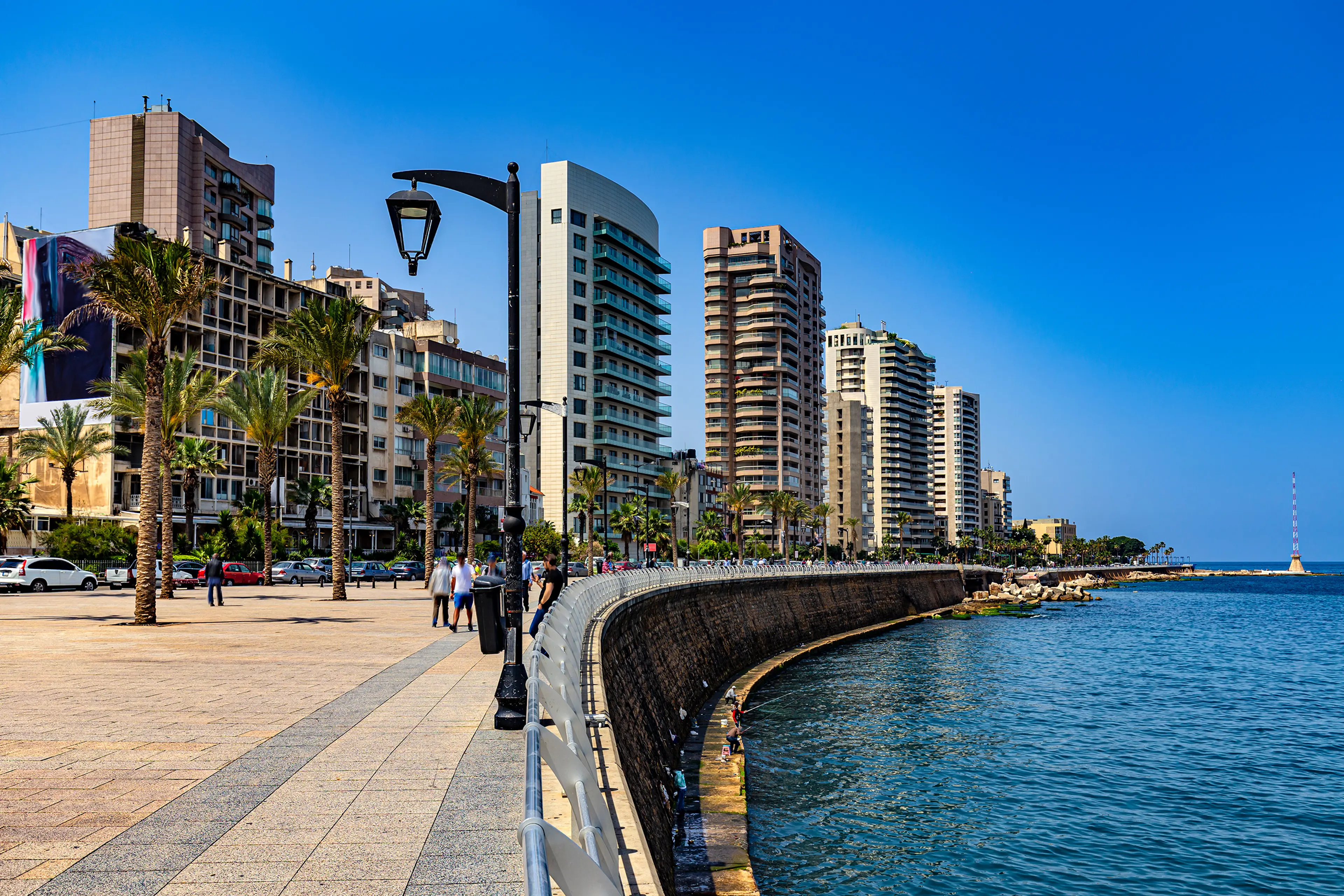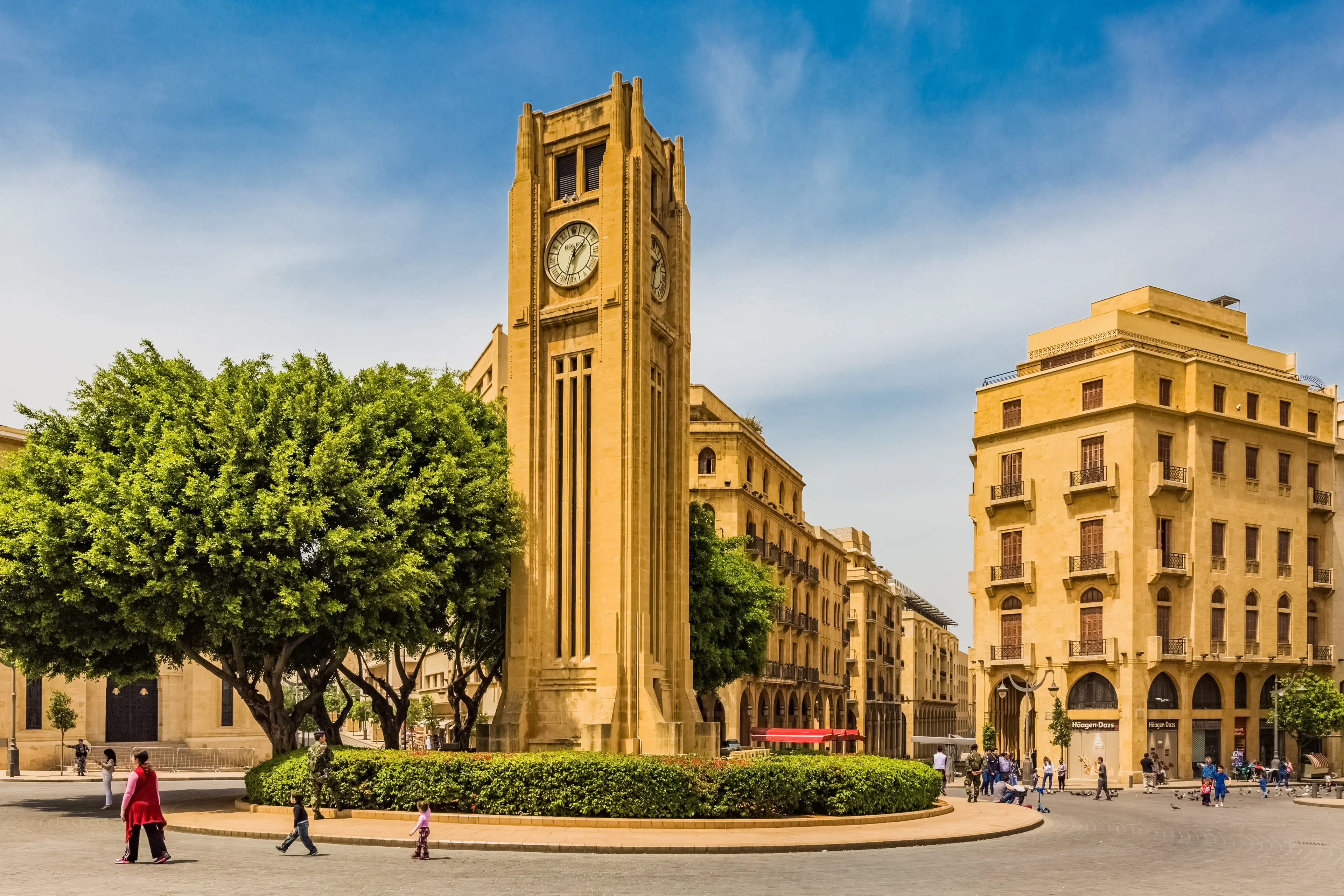5-Day Family Adventure: Relaxing & Offbeat Outdoors in Beirut, Lebanon
Beirut, Lebanon
5 days
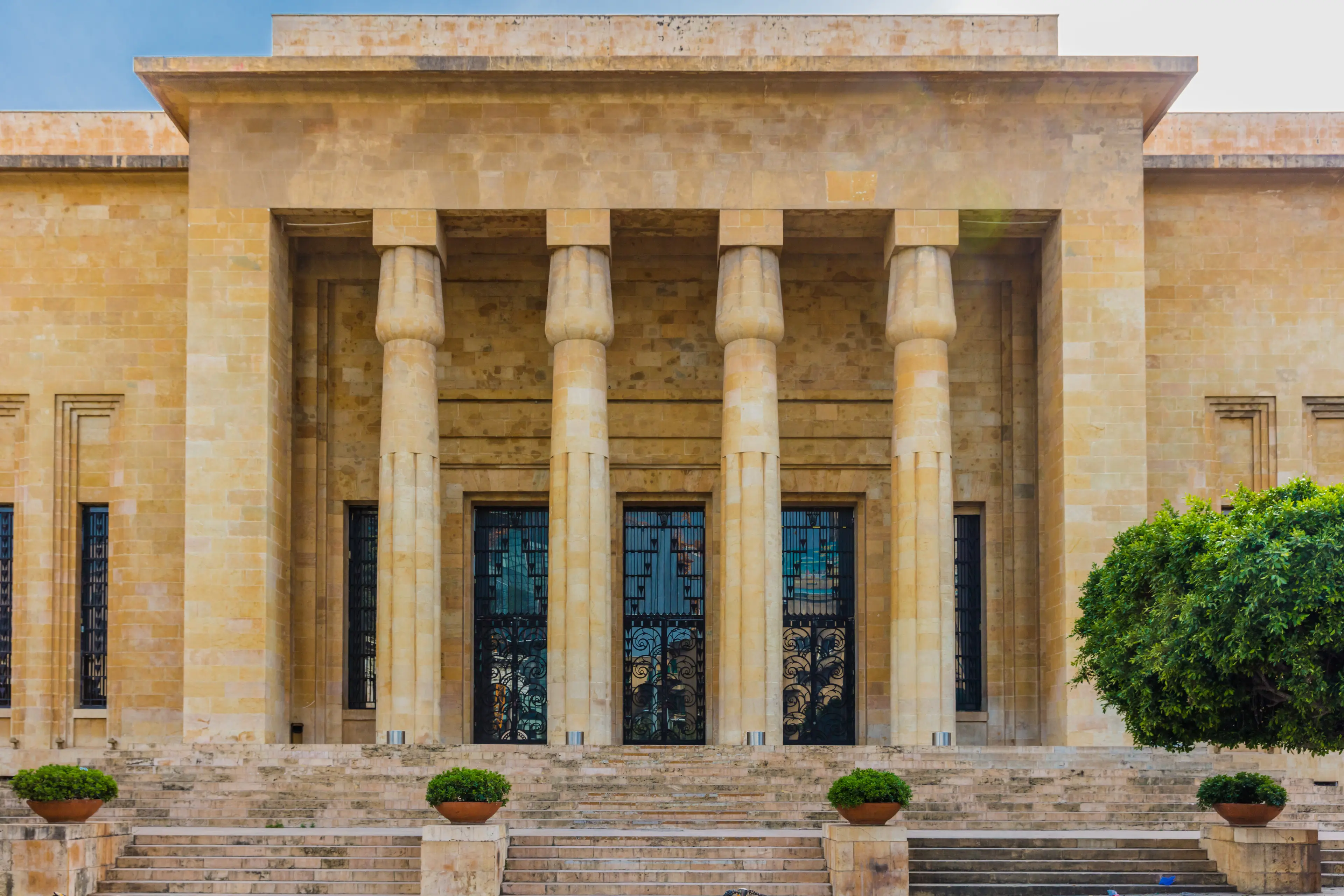
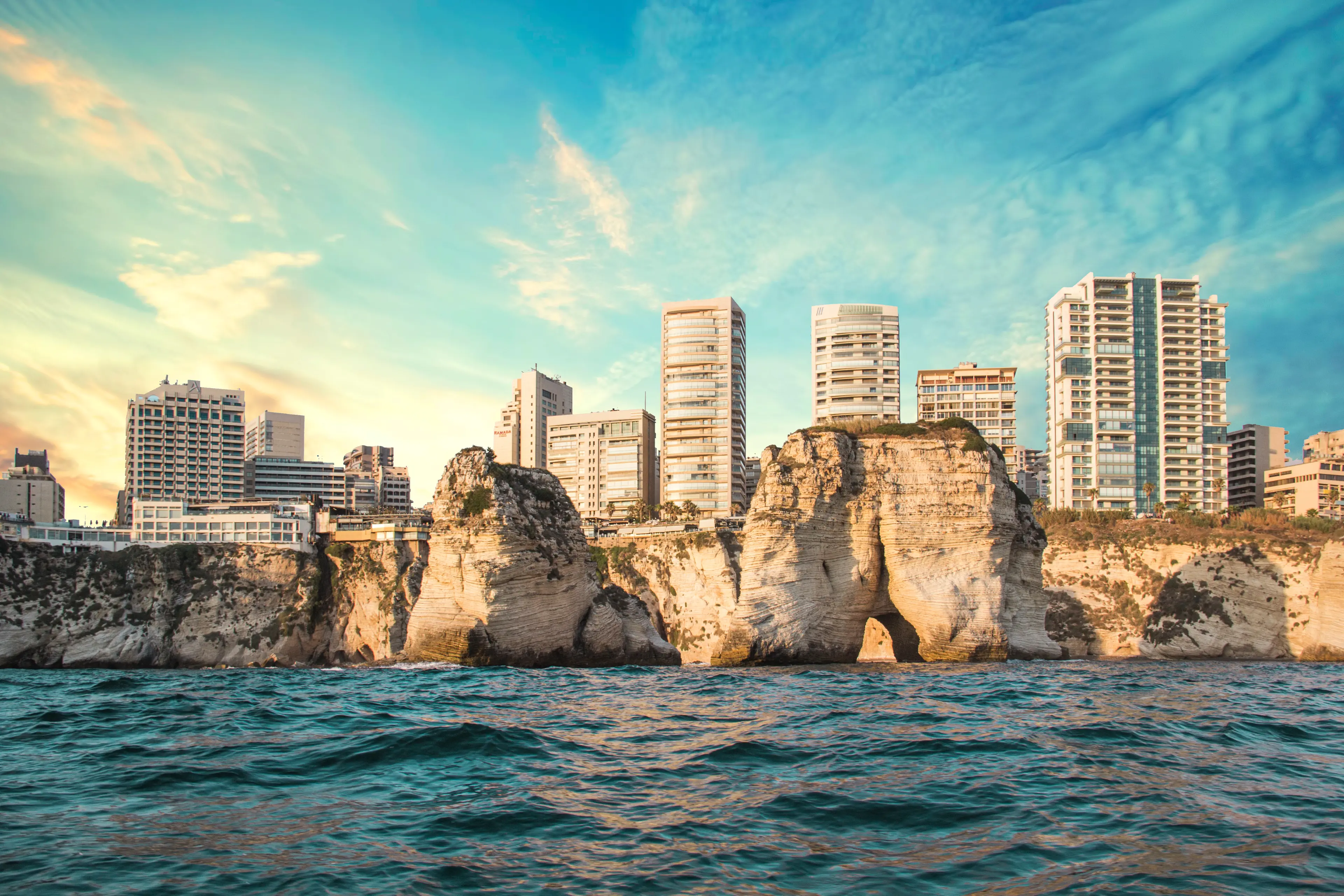
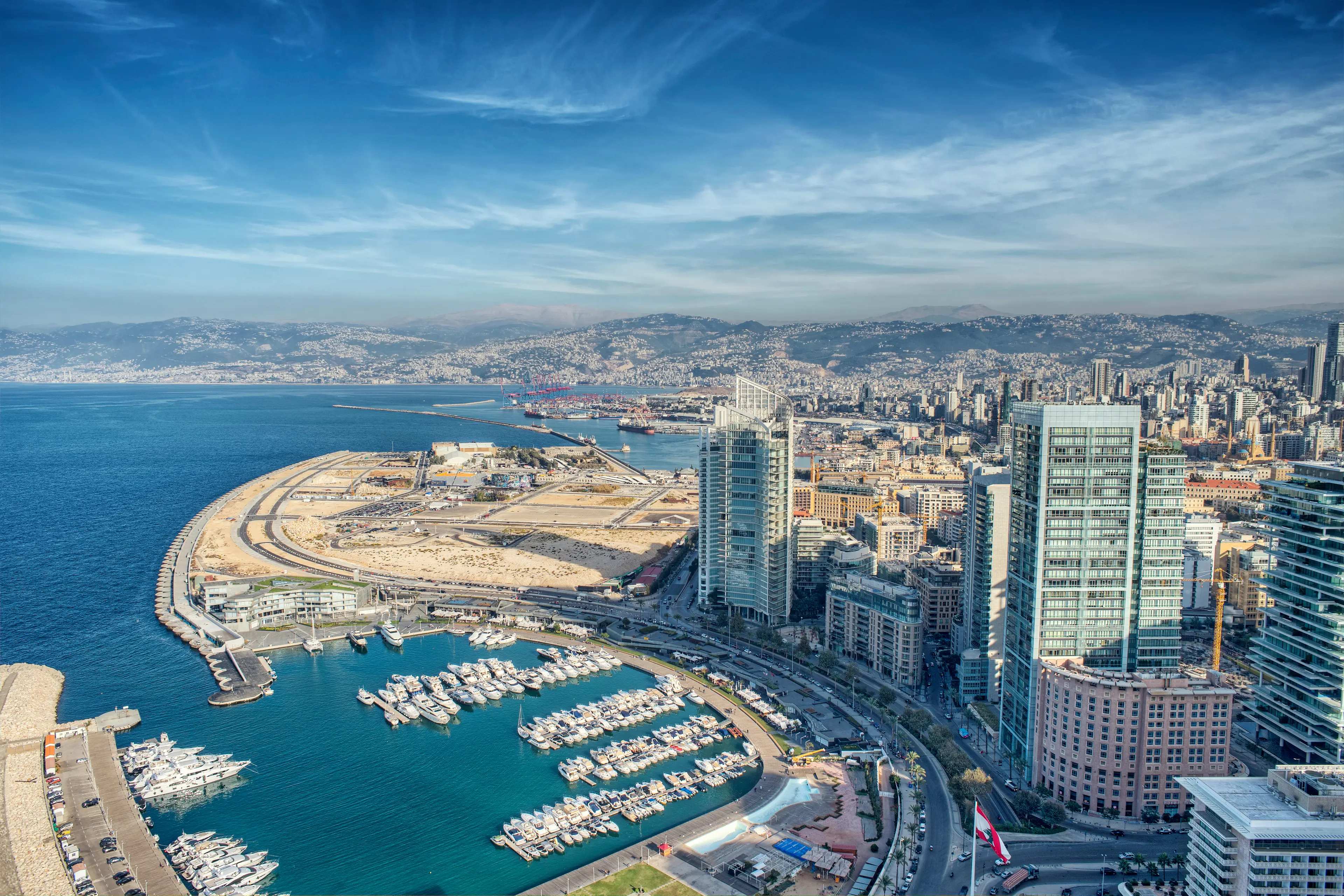
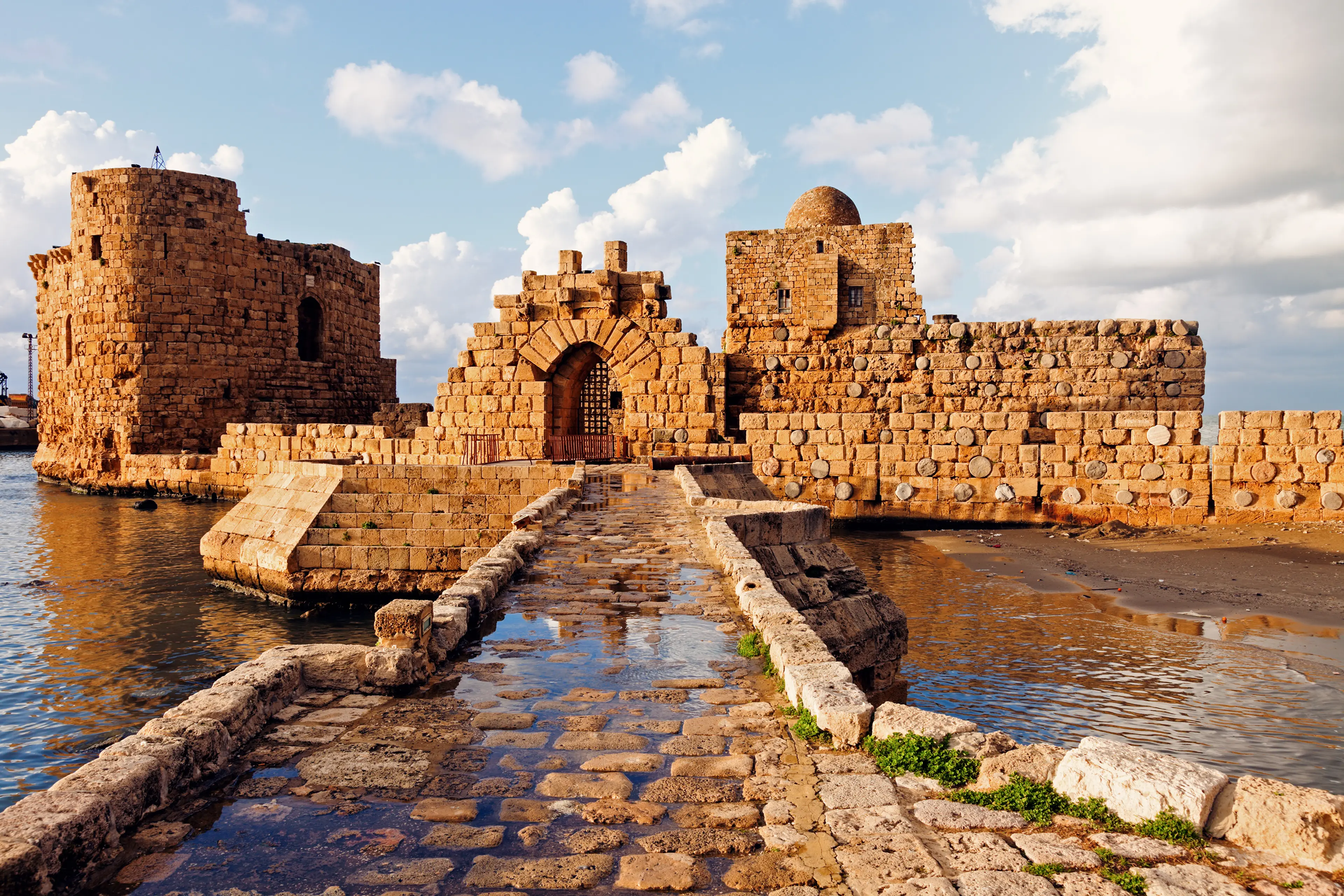
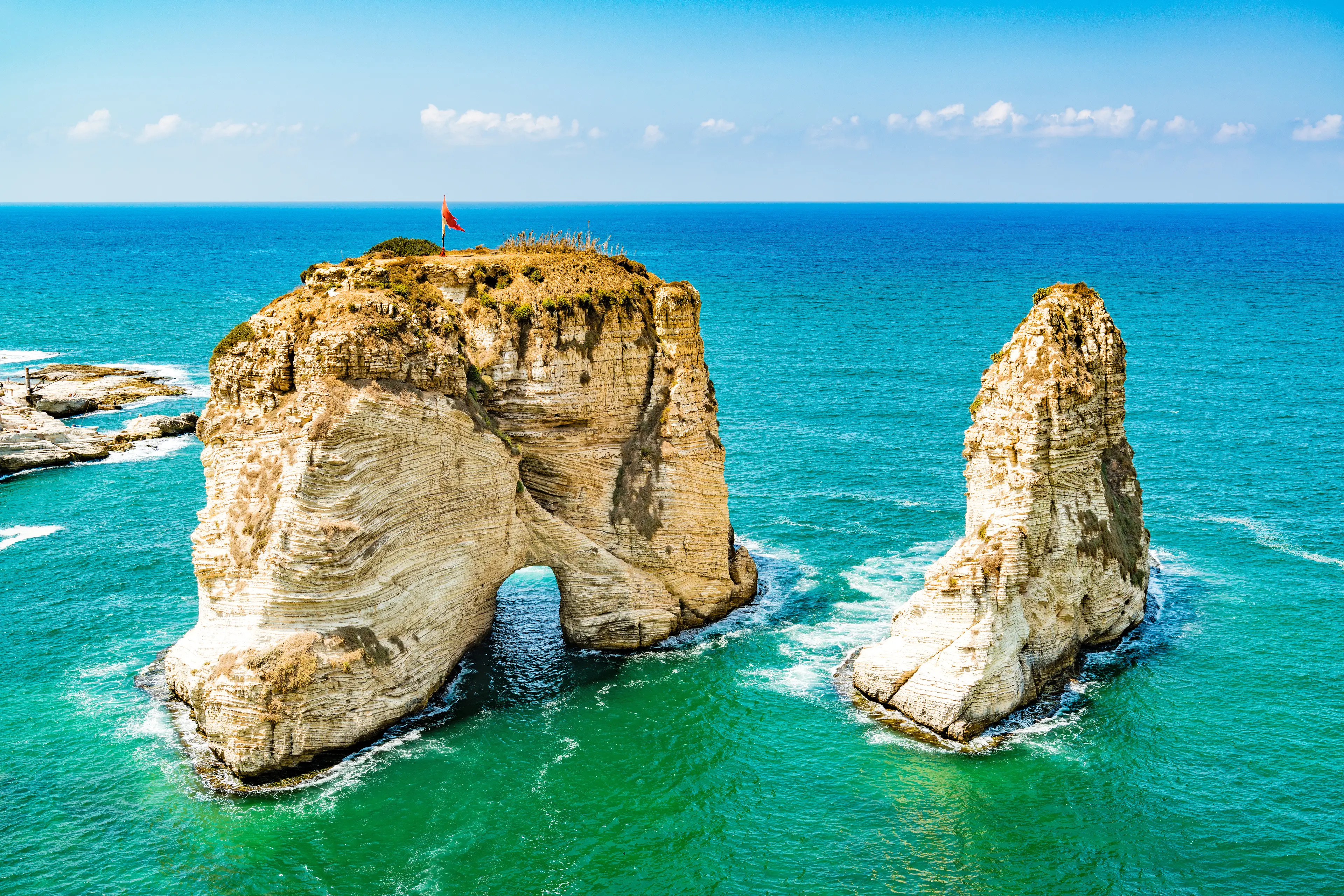
About Beirut, Lebanon
Beirut, the vibrant capital of Lebanon, is a captivating blend of the old and new. Its rich history is evident in the Roman Baths, the National Museum, and the stunning Mohammad Al-Amin Mosque. The city's cosmopolitan side shines through its bustling nightlife, world-class restaurants, and fashion-forward shopping districts like Hamra Street. Beirut's Mediterranean coastline offers beautiful beaches for relaxation, while the nearby mountains provide hiking opportunities. The city's diverse culture is reflected in its food, with a mix of Middle Eastern, French, and Armenian cuisines. Despite its tumultuous past, Beirut's resilient spirit and warm hospitality make it a must-visit destination.
5-Day Itinerary
Day 2
Art, History, and Charm in Beirut
Morning
Begin your day with a visit to the Sursock Museum, a modern and contemporary art museum housed in a stunning 19th-century villa.
Lunch
Have lunch at a local restaurant in the trendy neighborhood of Gemmayzeh.
Afternoon
Spend the afternoon exploring the Roman Baths, a historical site featuring the remains of ancient Roman Baths.
Dinner
Enjoy a delicious dinner at a restaurant in the upscale neighborhood of Ashrafieh.
Evening
After dinner, take a leisurely walk through the charming streets of Ashrafieh, known for its beautiful old houses and quiet atmosphere.
Day 3
Natural Wonders and Stunning Seascapes
Morning
Start your day with a visit to the Jeita Grotto, a breathtaking natural wonder featuring a series of limestone caves.
Lunch
Have lunch at a local restaurant near the Jeita Grotto.
Afternoon
Spend the afternoon at the Pigeon Rocks, a natural landmark in the Raouche neighborhood offering stunning views of the sea.
Dinner
Enjoy dinner at a restaurant in the Raouche neighborhood, known for its seaside eateries and stunning sunset views.
Evening
End your day with a relaxing walk along the Raouche Corniche, a popular spot for locals and tourists alike.
Day 4
A Day in the Ancient City of Byblos
Morning
Begin your day with a visit to the Byblos Castle, a 12th-century fortress located in the ancient city of Byblos.
Lunch
Have lunch at a local restaurant in Byblos, known for its fresh seafood and traditional Lebanese cuisine.
Afternoon
Spend the afternoon exploring the Byblos Old Souk, a traditional market offering a wide range of goods, from handmade crafts to local food products.
Dinner
Enjoy dinner at a restaurant in the Jbeil neighborhood, known for its vibrant nightlife and dining scene.
Evening
After dinner, take a leisurely walk through the charming streets of Jbeil, known for its beautiful old houses and quiet atmosphere.
Day 5
Palaces, Nature Reserves, and Mountainous Regions
Morning
Start your day with a visit to the Beiteddine Palace, a 19th-century palace featuring beautiful architecture and stunning gardens.
Lunch
Have lunch at a local restaurant near the Beiteddine Palace.
Afternoon
Spend the afternoon exploring the Shouf Biosphere Reserve, a nature reserve offering various outdoor activities such as hiking and bird watching.
Dinner
Enjoy a traditional Lebanese dinner at a local restaurant in the mountainous region of Chouf.
Evening
End your trip with a relaxing evening at your accommodation, reflecting on the wonderful experiences you've had in Beirut.
Attractions in Itinerary (11)
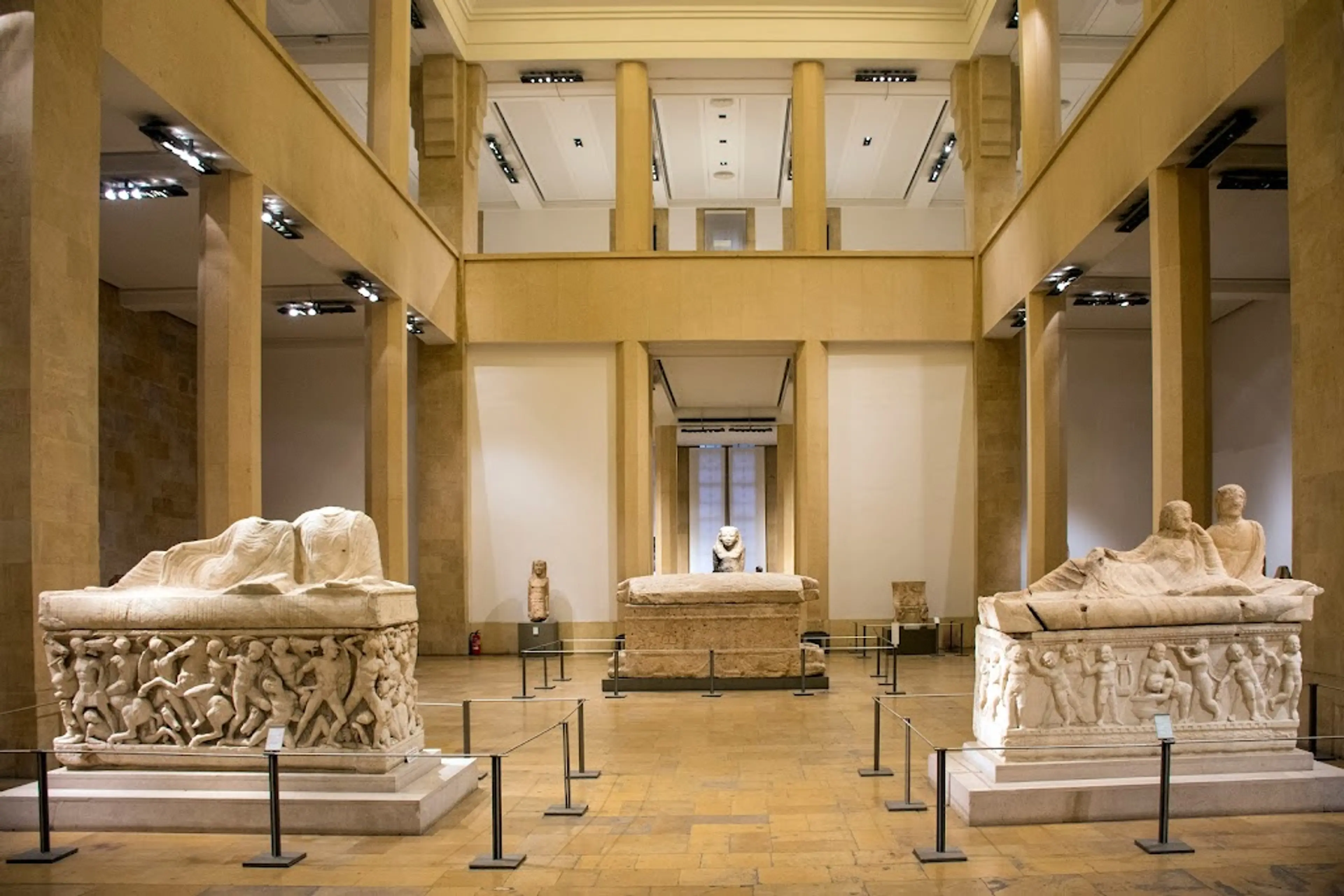
1National Museum of Beirut
The main archaeological museum in Lebanon, housing over 100,000 objects and artifacts from prehistory to the Ottoman era.

2American University of Beirut
The American University of Beirut is a renowned institution of higher learning known for its beautiful campus. It offers a unique blend of modern and traditional architecture, making it a must-visit attraction for tourists.

3Corniche
A seaside promenade in Beirut, offering stunning views of the Mediterranean sea.
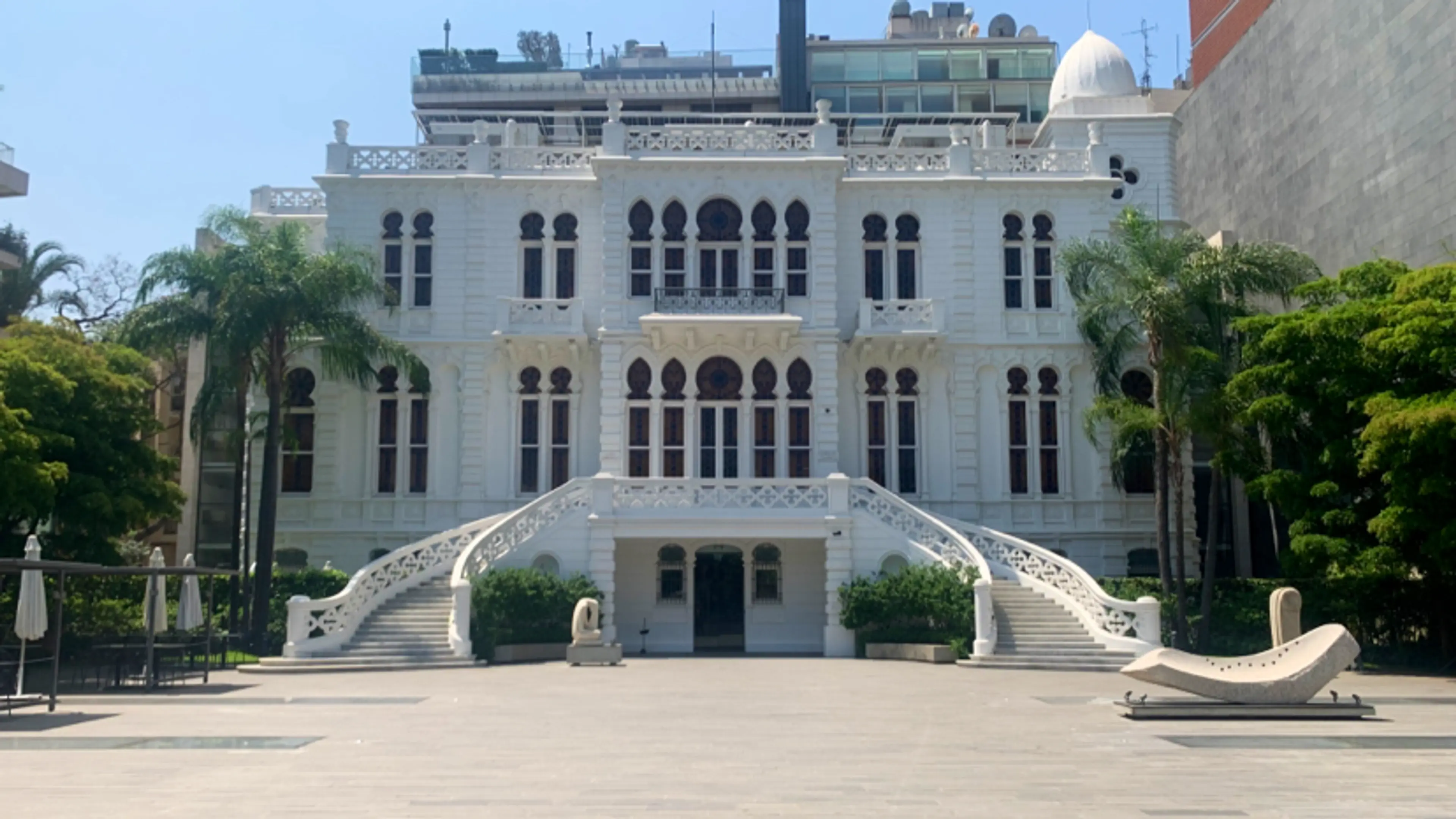
4Sursock Museum
A modern and contemporary art museum located in the historic Sursock House.
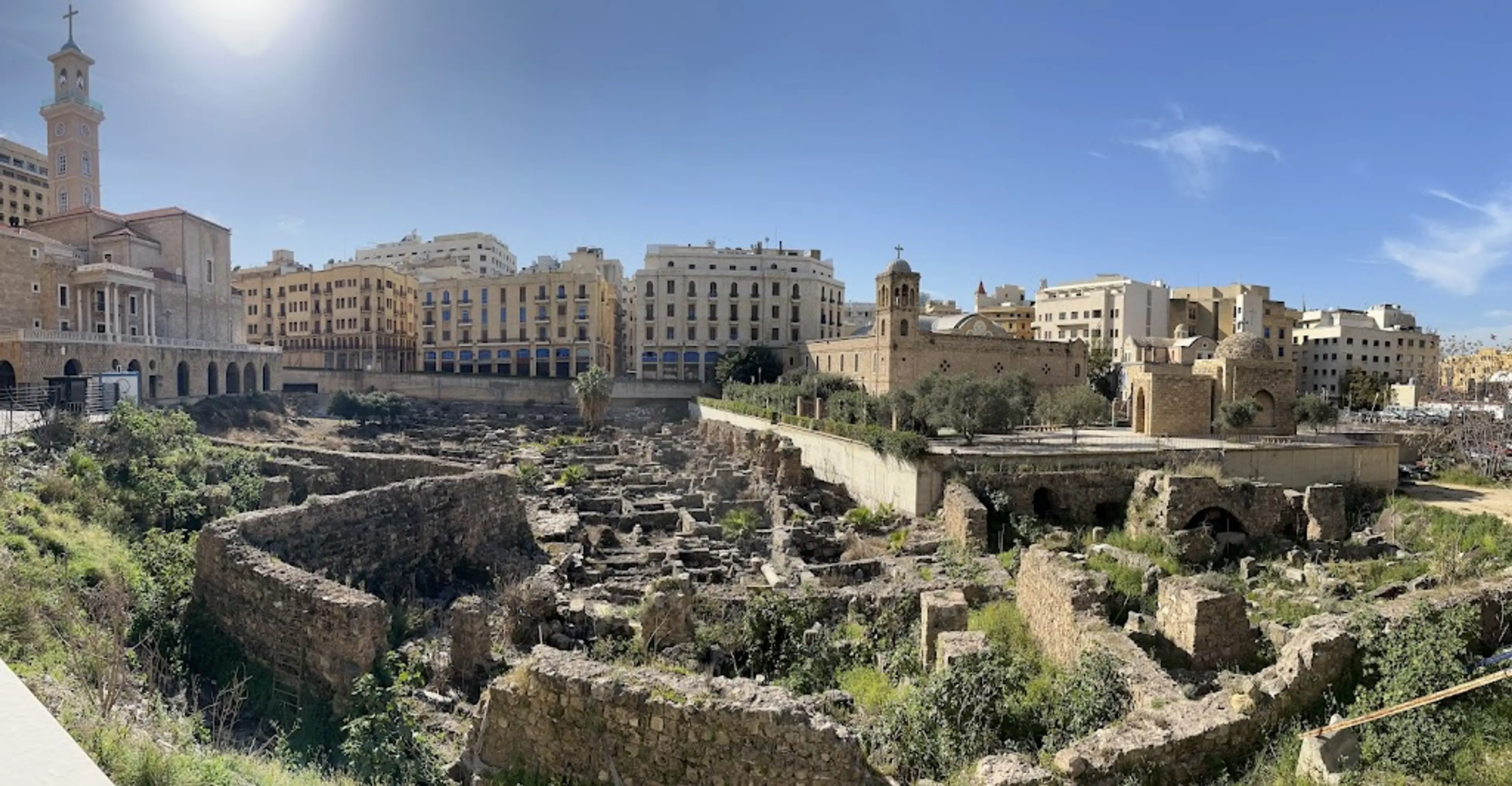
5Roman Baths
The ruins of ancient Roman baths located in the heart of Beirut.
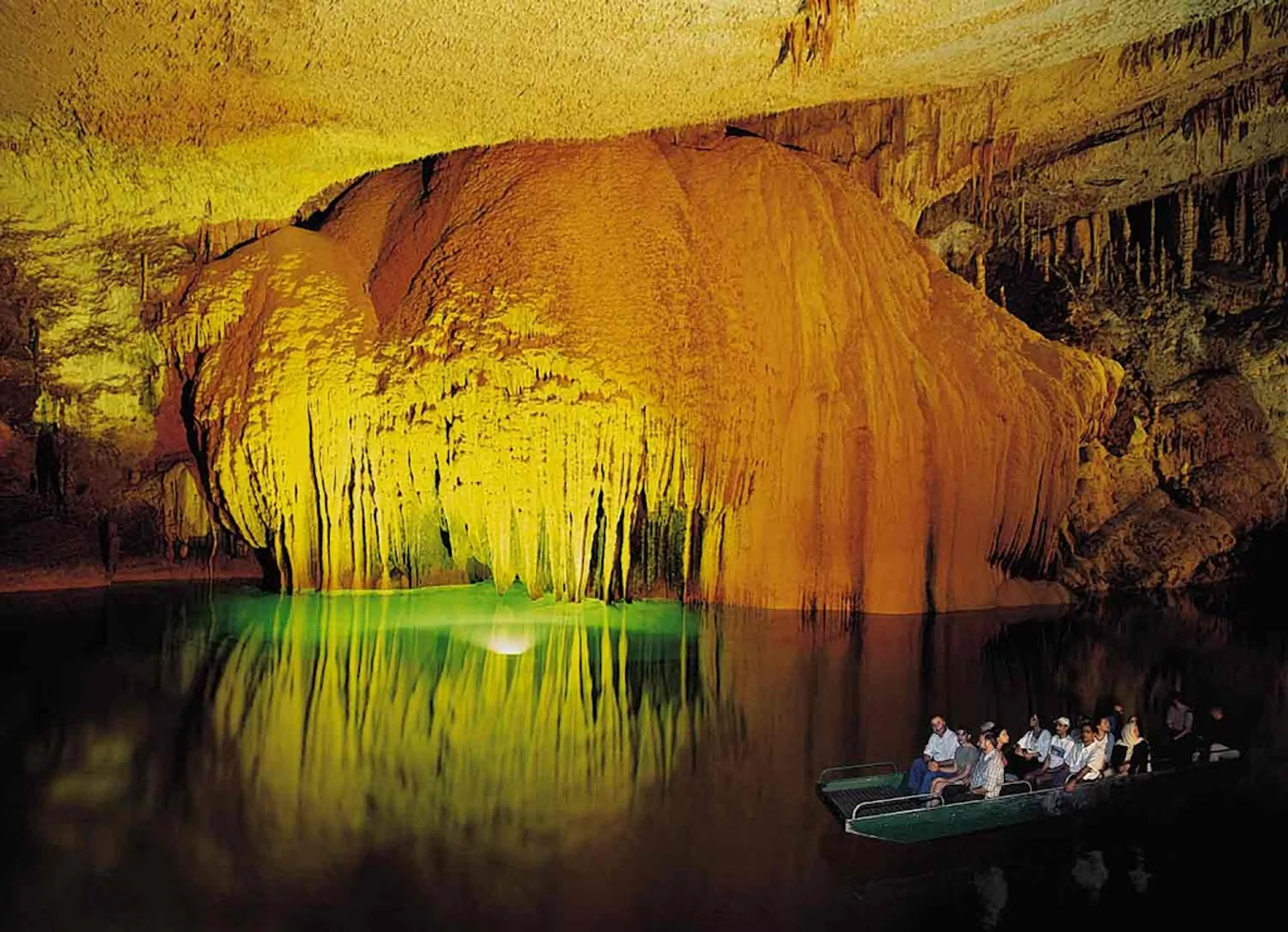
6Jeita Grotto
A system of two separate, but interconnected, karstic limestone caves spanning over 9 kilometers in length.
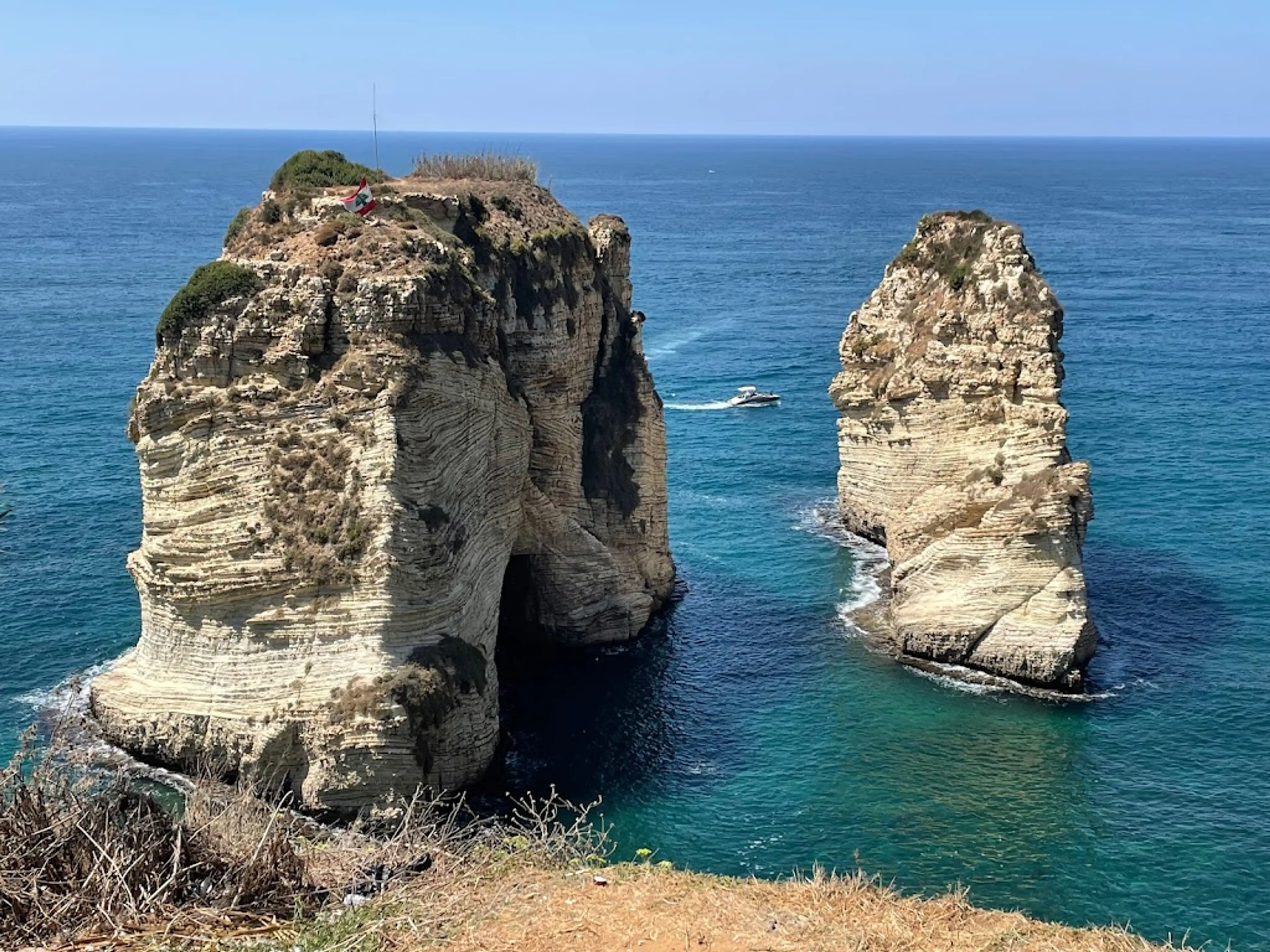
7Pigeon Rocks
A natural landmark consisting of two rock formations in the sea, located off the coast of Raouché.
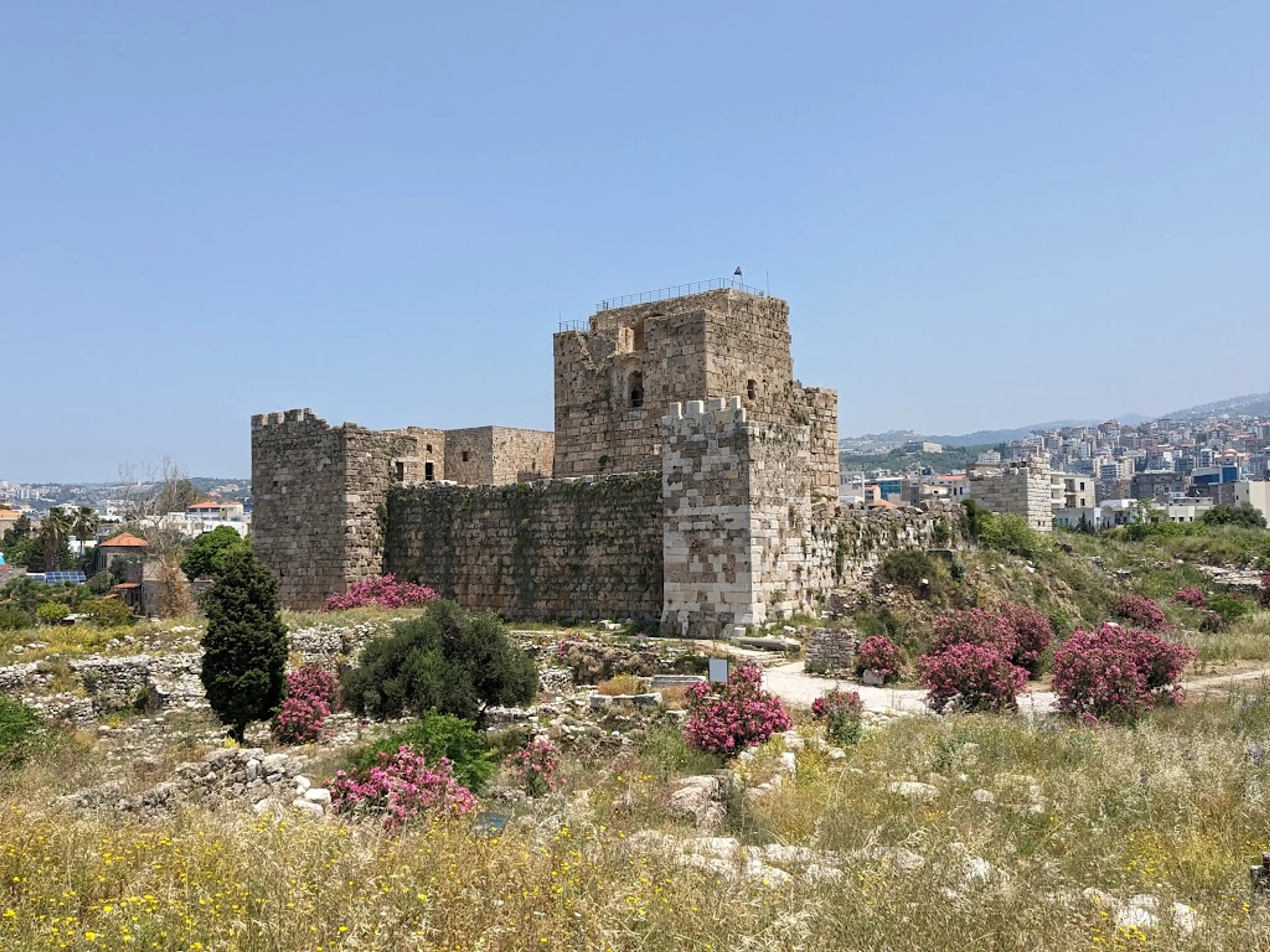
8Byblos Castle
A 12th-century castle built by the Crusaders in the ancient city of Byblos. It's a significant historical site that offers a glimpse into Lebanon's rich past.
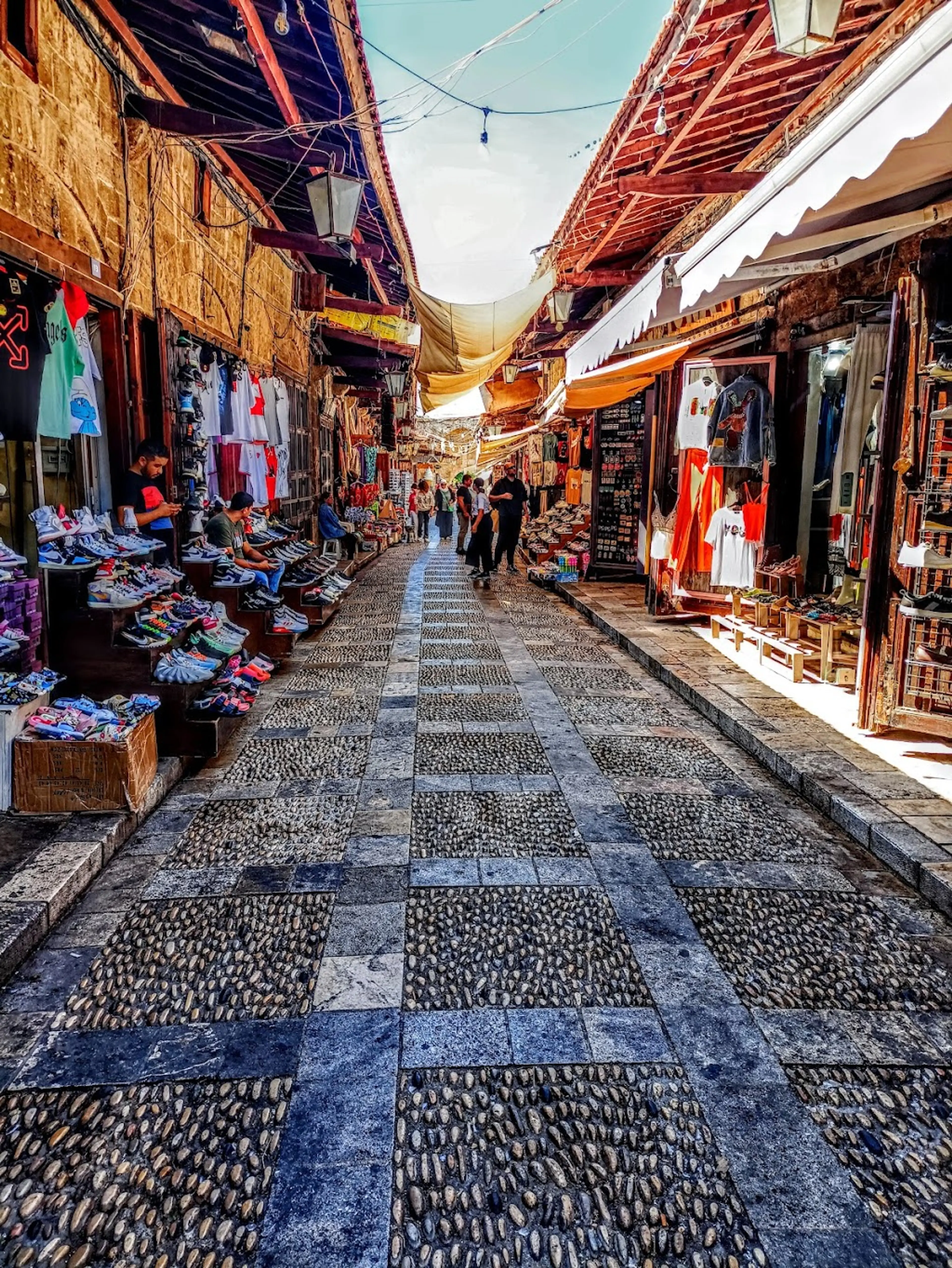
9Byblos Old Souk
Byblos Old Souk is a traditional marketplace in the ancient city of Byblos. It offers a wide variety of goods, from local crafts and souvenirs to food and drink, making it a must-visit for tourists.
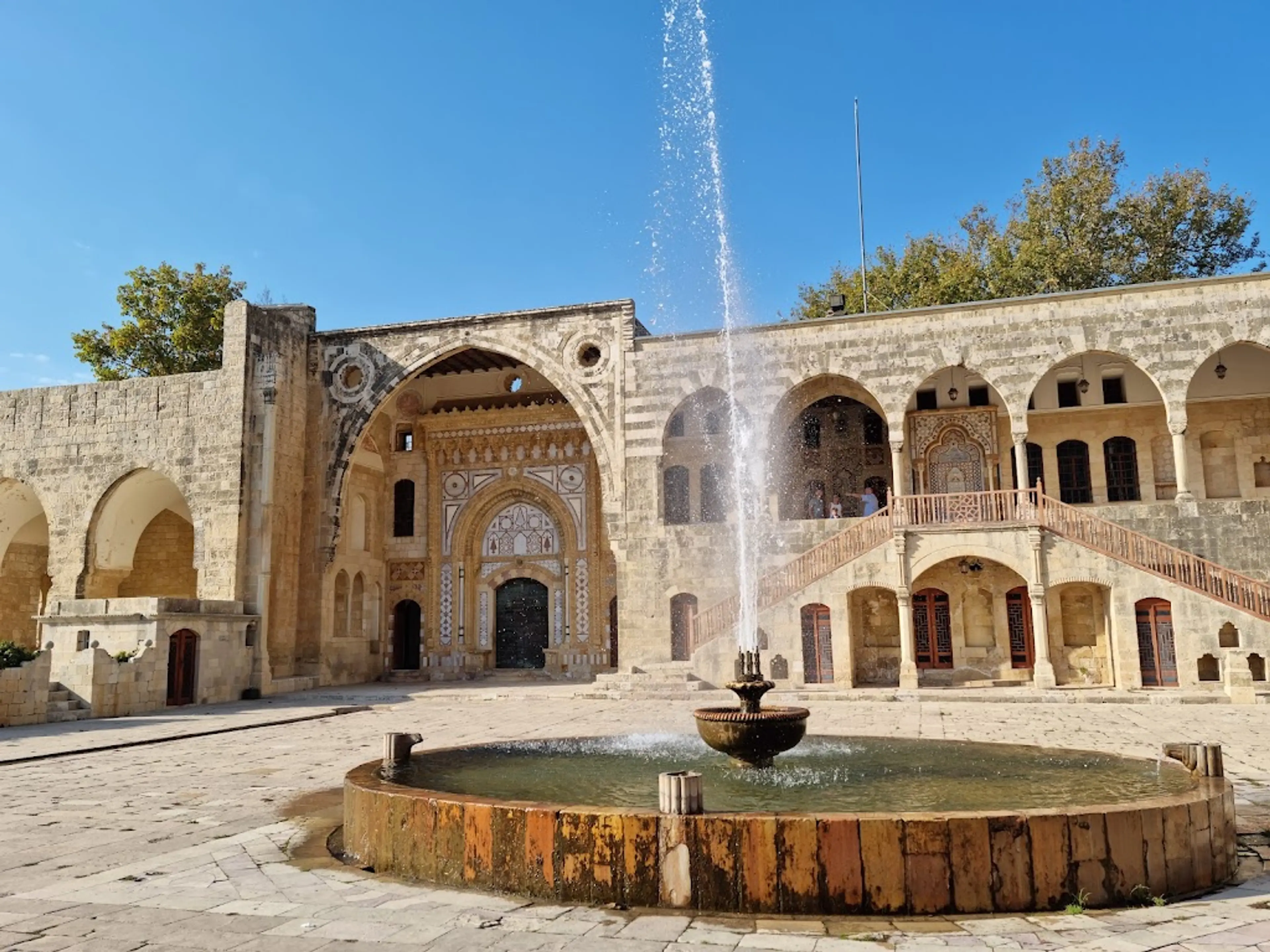
10Beiteddine Palace
The Beiteddine Palace is a 19th-century palace hosting a museum and annual music festival. It's a masterpiece of Lebanese architecture and offers a glimpse into the country's history and culture.
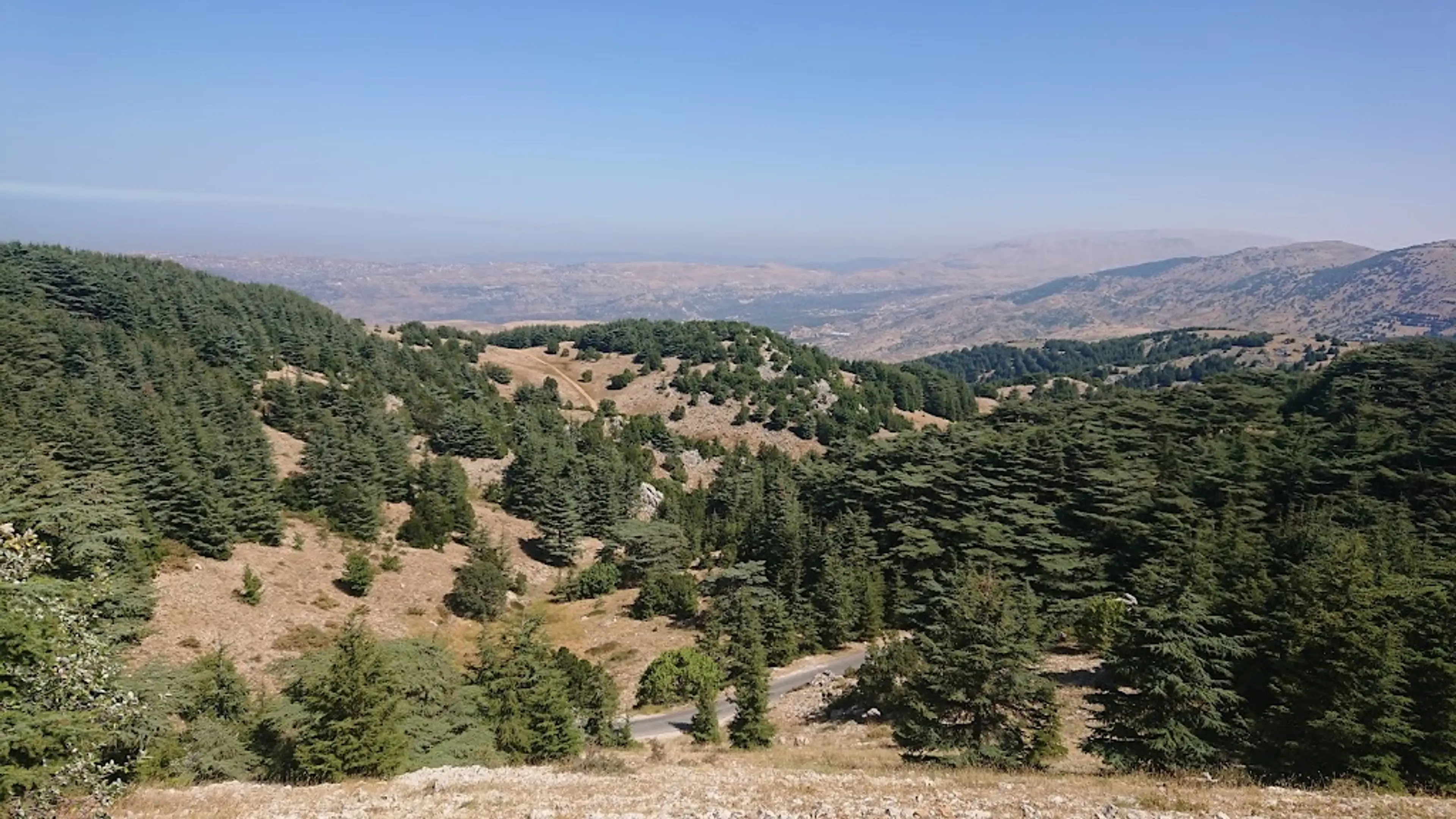
11Shouf Biosphere Reserve
The Shouf Biosphere Reserve is a large nature reserve in Lebanon. It offers a variety of outdoor activities, including hiking trails, wildlife viewing, and stunning views of the surrounding landscape.
Local Food and Drinks (12)

Manakish
A popular Lebanese breakfast dish, Manakish is a flatbread topped with za'atar, cheese, or ground meat. It's often compared to pizza and is a staple in Beirut.

Tabbouleh
Tabbouleh is a refreshing salad made from finely chopped parsley, tomatoes, mint, onion, bulgur, and seasoned with olive oil, lemon juice, salt, and pepper. It's a common dish in Beirut and throughout Lebanon.

Hummus
Hummus is a creamy dip made from mashed chickpeas, tahini, olive oil, lemon juice, and garlic. It's a staple in Lebanese cuisine and is often served with warm pita bread in Beirut.

Falafel
Falafel is a deep-fried ball or patty made from ground chickpeas, fava beans, or both. It's a popular street food in Beirut and is often served in a pita with salad, pickles, and tahini sauce.
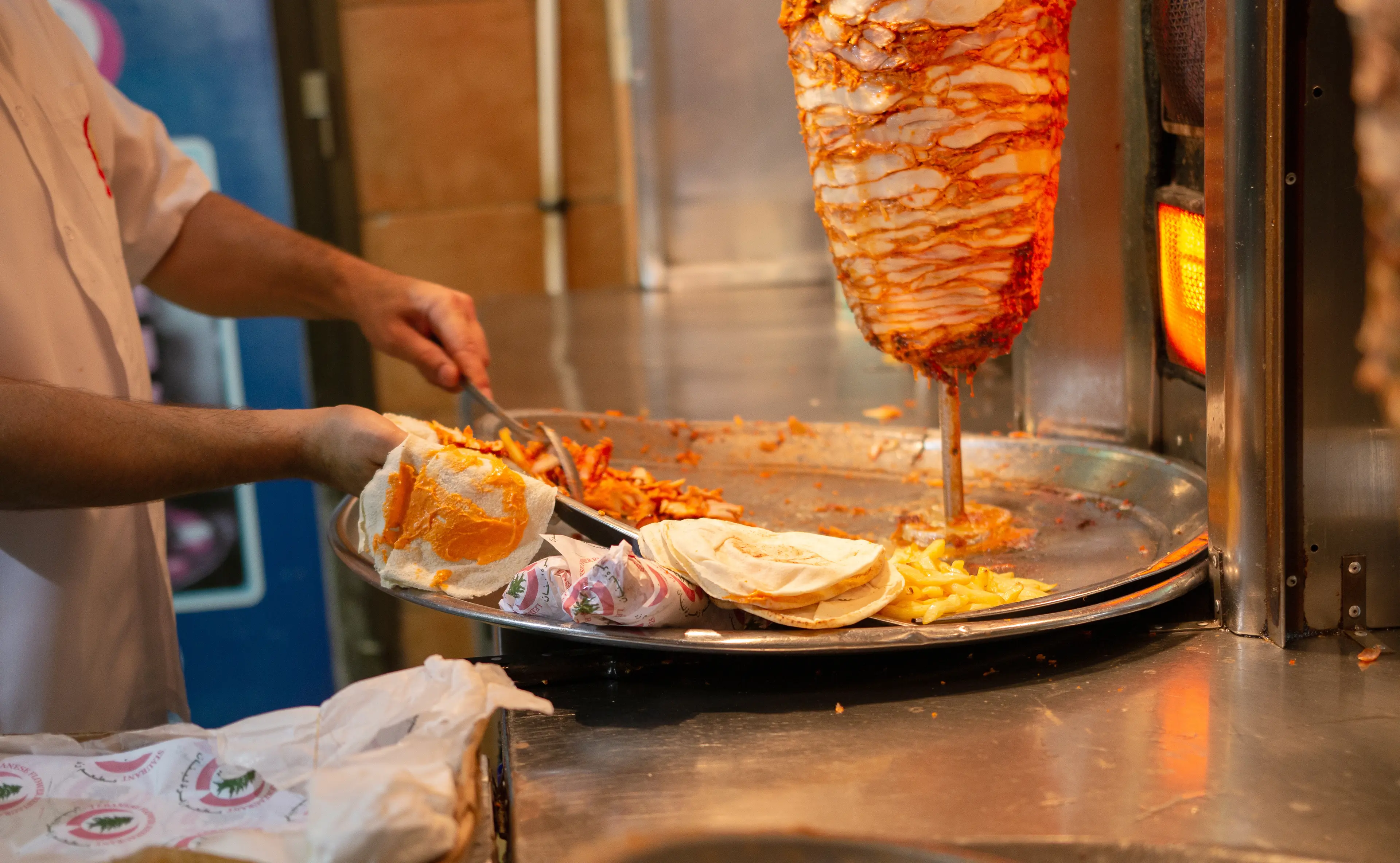
Shawarma
Shawarma is a popular street food in Beirut. It's made by stacking slices of marinated meat (usually chicken or beef) on a vertical spit and then carving it off in thin slices.

Kibbeh
Kibbeh is a classic Lebanese dish made of bulgur (cracked wheat), minced onions, and finely ground lean beef, lamb, goat, or camel meat. It's a popular dish in Beirut and can be served raw, baked, fried, or grilled.
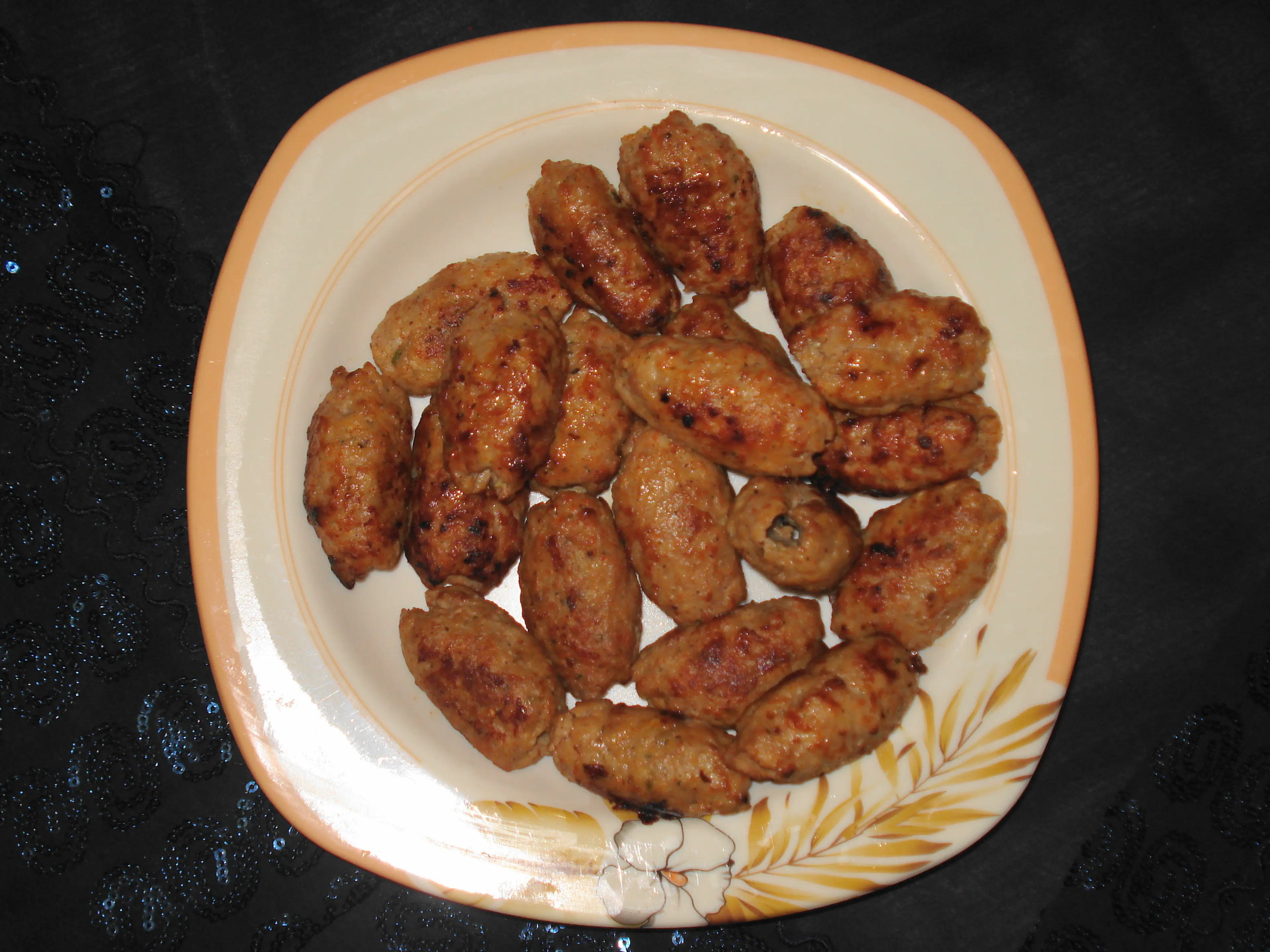
Kafta
Kafta is a type of Lebanese kebab made from minced meat (usually beef or lamb), onions, and various spices. It's a common dish in Beirut and is often grilled and served with bread and salad.

Fattoush
Fattoush is a Lebanese salad made from toasted or fried pieces of pita bread combined with mixed greens and other vegetables. It's a popular dish in Beirut and is known for its tangy dressing made from lemon juice and sumac.
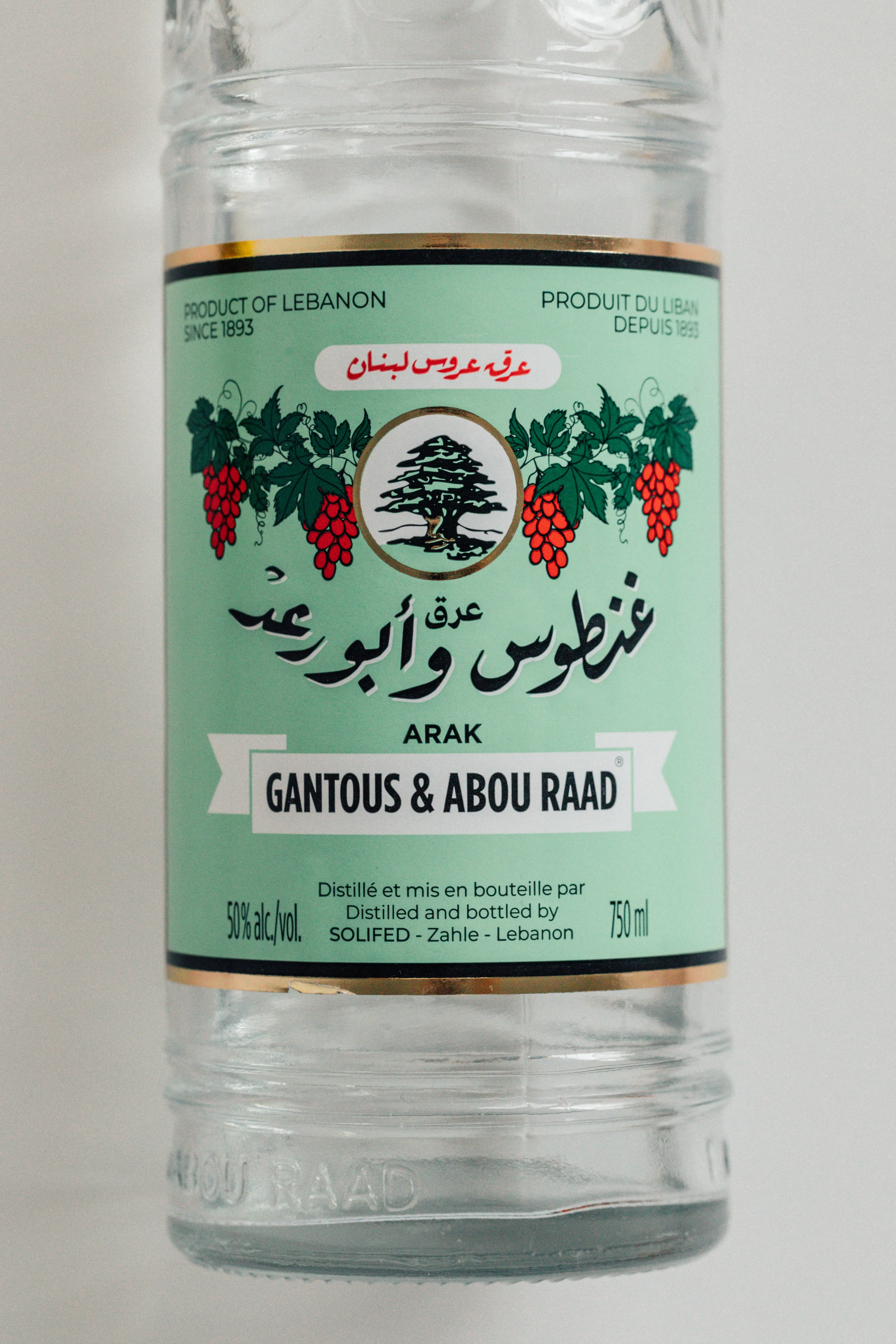
Arak
Arak is a traditional Lebanese alcoholic beverage. It's a clear, colorless, unsweetened anise-flavored distilled alcoholic drink, often served with meze. It's a popular drink in Beirut and is often mixed with water and served over ice.

Baklava
Baklava is a sweet dessert pastry made of layers of filo filled with chopped nuts and sweetened and held together with syrup or honey. It's a popular dessert in Beirut and throughout Lebanon.

Moussaka
Moussaka is a layered dish made with eggplant, tomato, and chickpeas, spiced with coriander and topped with a thick béchamel sauce. It's a popular dish in Beirut and is often served hot or cold.

Labneh
Labneh is a Lebanese cream cheese made from strained yogurt. It's a popular appetizer in Beirut and is often served with olive oil and fresh herbs, and eaten with pita bread.
Best time to visit
The best time to visit Beirut, Lebanon is typically during the spring (April to June) or fall (September to November). During these periods, the weather is pleasant and the city is less crowded. The temperatures range from 20°C to 30°C, making it ideal for sightseeing and exploring the city's rich history, culture, and cuisine. However, if you enjoy water activities and beach time, summer (July and August) could also be a good option, though it can get quite hot.
How to get around
Car Rental
Renting a car is a popular way to get around Beirut. There are numerous car rental companies available at the airport and throughout the city. It's a good option if you're comfortable with driving in a foreign country and want the freedom to explore at your own pace. However, traffic in Beirut can be heavy and parking can be difficult in some areas.
Taxi
Taxis are widely available in Beirut. You can hail a taxi on the street, or book one through a hotel or restaurant. Some taxis use meters, while others negotiate a fare before the journey. It's advisable to agree on a fare before getting in to avoid any misunderstandings.
Service Taxi
Service Taxis, also known as 'servees', are a common form of public transportation in Beirut. They are shared taxis that run along specific routes. You can hop on and off anywhere along the route. It's a cheap and efficient way to get around, but can be a bit confusing if you're not familiar with the system.
Bus
There are public buses in Beirut, but they are not very reliable or comfortable. The routes can be confusing and there's no set timetable. However, they are cheap and can be a good way to get around if you're on a tight budget.
Ridesharing
Ridesharing services like Uber and Careem are available in Beirut. They are a convenient and affordable way to get around the city. You can book a ride using the app on your smartphone, and the fare is automatically charged to your credit card. It's a good option if you want a safe and reliable transportation method.
Bicycle
Bicycling is becoming more popular in Beirut, especially in the city center where there are dedicated bike lanes. It's a cheap and eco-friendly way to get around. However, traffic can be heavy and not all areas are bike-friendly.
Foot
Walking is a great way to explore Beirut, especially the downtown area which is pedestrian-friendly. Many of the city's attractions are within walking distance of each other. However, be aware that pedestrian crossings are not always respected by drivers.
Boat
There are boat tours available that take you around the coastline of Beirut. It's a unique way to see the city and enjoy the beautiful Mediterranean Sea. However, this is more of a leisure activity than a practical transportation method.
Important information
Currency LBP
Time zoneUTC+2
Driving sideRight
Emergency phone112
Drinking waterOpt for bottled water
Power sockets
Voltage230 V
Things to know about Beirut, Lebanon as a first time visitor
1
Lebanon's official language is Arabic, but English and French are widely spoken.
2
The currency in Lebanon is the Lebanese pound (LBP), but US dollars are also widely accepted.
3
Credit cards are accepted in most places in Beirut, but it's always good to have some cash on hand.
4
Lebanon operates on Eastern European Time (EET) and observes daylight saving time.
5
Beirut is generally safe for tourists, but it's always wise to stay alert and aware of your surroundings.
6
Public transportation in Beirut includes buses, taxis, and 'service' taxis, which are shared rides.
7
Tipping is customary in Beirut. It's usual to tip around 10-15% in restaurants and cafes.
8
Lebanon has a Mediterranean climate. Summers (June to September) can be hot and humid with temperatures ranging from 77°F to 95°F (25°C to 35°C), while winters (December to March) are mild and rainy with temperatures ranging from 50°F to 64°F (10°C to 18°C).
9
Lebanese cuisine is a must-try. It includes dishes like hummus, tabbouleh, and shawarma.
10
Beirut is a city that never sleeps. It's known for its vibrant nightlife, with many bars, clubs, and restaurants open until the early hours.
11
Beirut has a mix of modern and traditional architecture. It's common to see ancient ruins next to modern skyscrapers.
12
Lebanon is a religiously diverse country. Respect for all religions is important, and modest dress is recommended when visiting religious sites.
13
Lebanon has a 220V power supply, and the plug type is C and D. You may need a voltage converter or plug adapter.
14
Smoking is very common in Lebanon, and many indoor places do not have non-smoking areas.
15
Beirut's tap water is not safe to drink. It's recommended to drink bottled water.
16
Lebanon has a high standard of healthcare, and there are many pharmacies in Beirut.
17
Beirut is a bustling city with heavy traffic. Be careful when crossing the road.
18
Lebanon has a rich cultural history. Learning a bit about it before your trip can enhance your experience.
19
Beirut is located on the Mediterranean Sea, so it's a great place for beach activities during the summer.
20
Lebanon has a high mobile penetration rate. Free Wi-Fi is available in many places, but it's also easy to buy a local SIM card.
Basic Arabic to know as a first time visitor
English phrase | Native phrase | Pronunciation | When to use it |
|---|---|---|---|
Hello | مرحبا | Marhaba | Greeting someone |
Goodbye | وداعا | Wadaeaan | Leaving or saying goodbye to someone |
Please | من فضلك | Min fadlak | When asking for something |
Thank you | شكرا | Shukran | When someone helps you or gives you something |
Yes | نعم | Naam | Agreeing with someone or something |
No | لا | La | Disagreeing with someone or something |
Excuse me | عفوا | Afuwan | Getting someone’s attention or apologizing |
I'm sorry | أنا آسف | Ana asef | Apologizing |
Do you speak English? | هل تتحدث الإنجليزية؟ | Hal tatahadath al'injlizia? | Trying to find someone who speaks English |
I don't understand | أنا لا أفهم | Ana la afham | When you don’t understand what someone said |
Where is the bathroom? | أين الحمام؟ | Ayna alhammam? | When you need to use the restroom |
How much does this cost? | كم هذا الثمن؟ | Kam hadha althaman? | When you want to know the price of something |
I would like to order | أود أن أطلب | Uridu an atlub | When ordering food or drinks |
Water | ماء | Maa | When you want to order water |
Help | مساعدة | Musaeadah | When you need help |
Call the police | اتصل بالشرطة | Itasil bilshurtah | In case of an emergency |
I am lost | أنا ضائع | Ana daea | When you are lost |
Can you help me? | هل يمكنك مساعدتي؟ | Hal yumkinuk musaadati? | When you need help |
Where is...? | أين هو...؟ | Ayna huwa...? | When you are looking for a specific place |
Can I use your phone? | هل يمكنني استخدام هاتفك؟ | Hal yumkinuni istikhdam hatifik? | When you need to make a phone call |
Packing List
Clothing
Lightweight clothing for warm weather
A light jacket or sweater for cooler evenings
Comfortable walking shoes
Swimwear
Sunglasses
Hat for sun protection
Underwear and socks for 5 days
Sleepwear
Toiletries
Travel-sized shampoo and conditioner
Body wash or soap
Toothbrush and toothpaste
Deodorant
Razor and shaving cream
Sunscreen
Lip balm with SPF
Hand sanitizer
Travel-sized laundry detergent
Personal hygiene items
Travel documents and essentials
Passport
Driver's license or other ID
Credit and debit cards
Cash in local currency
Travel insurance documents
Hotel and car rental confirmations
Emergency contacts and important addresses
Electronics and gadgets
Smartphone
Charger for smartphone
Universal power adapter
Headphones
Camera
Charger for camera
Portable power bank
Miscellaneous items
Travel guidebook for Beirut
Map of Beirut
Travel pillow and blanket
Snacks for travel
Reusable water bottle
First aid kit
Travel-sized umbrella
Books or e-reader for leisure reading
Notebook and pen for journaling
Weather Conditions
Beirut, the capital city of Lebanon, experiences a Mediterranean climate, characterized by hot, humid summers and cool, rainy winters. If you're planning a trip to Beirut, it's essential to consider the time of year and the weather conditions. During the summer months (June to September), temperatures in Beirut can reach up to 86°F (30°C), with high humidity levels. It's advisable to pack lightweight, breathable clothing, sunblock, and a hat to protect yourself from the sun. Also, remember to stay hydrated, especially if you're planning to do a lot of sightseeing. The winter months (December to March) in Beirut are generally mild but can be quite rainy. Temperatures can range from 50°F to 64°F (10°C to 18°C). It's recommended to pack a waterproof jacket or umbrella, along with warmer clothing for the cooler evenings. The transitional seasons of spring (April and May) and autumn (October and November) are often considered the best times to visit Beirut. The weather is typically mild and pleasant, with temperatures ranging from 64°F to 77°F (18°C to 25°C). These seasons are perfect for outdoor activities and exploring the city's historical sites. Regardless of when you visit, it's always a good idea to check the local weather forecast for Beirut before your trip. This will help you pack appropriately and plan your activities. Remember, the weather can change quickly, so it's always a good idea to be prepared for different conditions. Enjoy your visit to Beirut!
| Month | Hi / Lo (°C) | Weather Overview |
|---|---|---|
January | 18° / 11° | January is the coldest month in Beirut, with occasional rainfall. It's a good time for indoor activities and exploring the city's rich history. |
February | 19° / 11° | February is still quite cool, with a slight increase in temperature. It's a good time to visit museums and enjoy the local cuisine. |
March | 21° / 13° | March sees a noticeable warming trend, with more sunny days. This is a great time to start exploring outdoor attractions. |
April | 24° / 16° | April is a pleasant month with moderate temperatures. It's a perfect time for sightseeing and enjoying the beautiful beaches. |
May | 28° / 19° | May is the start of the summer season, with warm temperatures and lots of sunshine. It's a great time for beach activities and water sports. |
June | 31° / 22° | June is quite hot, with long sunny days. This is the perfect time for sunbathing, swimming, and enjoying outdoor festivals. |
July | 33° / 25° | July is the hottest month in Beirut, with high humidity. It's a great time for beach activities, but be sure to stay hydrated. |
August | 34° / 26° | August is equally hot, with high temperatures and humidity. It's a good time for water activities, but avoid strenuous outdoor activities during the day. |
September | 32° / 24° | September sees a slight decrease in temperature, but it's still quite warm. It's a good time for outdoor activities and exploring the city's nightlife. |
October | 29° / 21° | October is a pleasant month with moderate temperatures. It's a perfect time for sightseeing and enjoying the beautiful autumn scenery. |
November | 25° / 17° | November sees a noticeable cooling trend, with more rainy days. This is a great time to start exploring indoor attractions. |
December | 20° / 13° | December is quite cool, with a slight increase in rainfall. It's a good time to visit museums and enjoy the local cuisine. |
Did you know?
Places near by Beirut, Lebanon

Byblos
One of the oldest continuously inhabited cities in the world, known for its ancient ruins and beautiful old souk.

Jeita Grotto
A system of two separate, but interconnected, karstic limestone caves spanning an overall length of nearly 9 kilometers.

Harissa
Home to the statue of Our Lady of Lebanon, offering panoramic views of the bay of Jounieh.

Baakline
Known for its beautiful natural scenery, including the Baakline River and Waterfall.

Zahle
Famous for its traditional Lebanese architecture, vineyards and the Berdawni River.

Tyre
An ancient Phoenician city with a number of historical sites, including the Tyre Hippodrome.

Tripoli
Lebanon's second largest city, known for its Mamluk-era architecture.

Anjar
Home to the ruins of an Umayyad palace-city, a UNESCO World Heritage Site.

Sidon
A city rich in history with attractions like the Sea Castle and the Old Souk.

Baalbek
Known for its Roman ruins, particularly the Temple of Bacchus, one of the best preserved Roman temples in the world.
